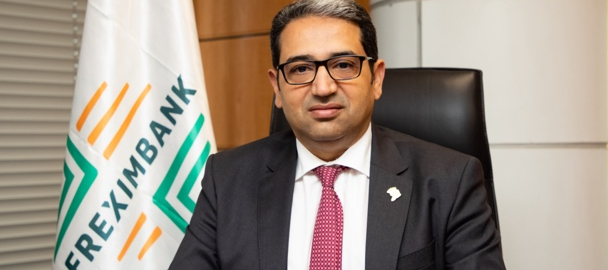
Analysis: Fidelity Bank in Double Digits Profit as NPL, CIR Remain High in H1 2017
It was a double digits growth in earnings and profits top Nigerian lender, Fidelity Bank in Half-year 2017 from the previous half year’s position as it battled high cost to income ratio and growing non-performing loans (NPL) crisis which is common in the banking sector in recent time.
The Chief Executive Officer of the bank, Mr. Nnamdi Okonkwo, has attributed the double digits growth to the disciplined execution of the banks medium-term strategy which focused on deepening its market share in the Small and Medium Enterprises (SME), Retail and Digital banking business segments.
An analysis of the revenue and efficiency ratio of a top Nigerian lender, Fidelity Bank has shown significant improvement in Half-year 2017 from the previous half year’s position has been achieved.
The bank recorded a 6.9 percentage points decrease in its cost to income ratio (CIR). Fidelity Bank’s CIR fell to 67.3 percent in H1 2017 from 74.2 percent in H1 2016 a show of prudent and efficient management of resources, considering the challenging operating environment characterized by increasing inflation rate and a recessively growing economy within the review period.
The cost to income ratio which measures the costs of running a company in relation to its operating income is an important financial tool looked out for by investors who want a clear view of how efficiently their company is being run.
The lower the CIR is, the more profitable the company should be. In confirmation of this, is the 66.7 percent increase in Fidelity Bank’s Profit before Tax which increased to N10.2 billion in H1 2017.
A measure of the Asset Quality of the bank also showed progress as NPL ratio improved to 5.8 percent from 6.6 percent in 2016 FY due to a 12.2 percent drop in absolute NPL figures driven by increased collections and the growth in the total loan book.
Although the bank’s 5.8 percent NPL ratio as at H1 2017 stands higher than the Central Bank of Nigeria’s 5 percent regulatory requirement, the NPL declined 0.8 percentage points from 6.6 percent in the 2016 financial year end
The banks’ NPL volumes were across all sectors excluding oil and gas downstream sector, and the Coverage ratio improved to 98.6 percent in H1 2017 compared to 83.5 percent reported in 2016FY.
For capital adequacy, Fidelity Bank’s Capital Adequacy Ratio well above the 15 percent minimum regulatory requirement, increased to 18.4 percent, from 17.2 percent in 2016 FY after adjusting for N13.0 billion capital charge.
The Liquidity Ratio for the bank is also within the regulatory minimum of 30 percent, it reduced considerably from 36.3 percent in H1’2016 to 30.2 percent as at H1’2017, as the percentage of total loans to Customer Deposits Ratio has risen steadily from 73.3 percent in the same period of the prior year to 80.4 percent.
As growth in the yield on earning assets outpaced the increase in funding cost, the bank reported a Net Interest Margin (NIM) increase to 7.4 percent in H1 2017 from 6.4 percent (2016 FY).
The NIM is a measure of the difference between the interest income and the amount of interest paid out to their lenders. The NIM for fidelity bank in the review period indicates the bank’s investment strategy pays more interest than it costs, a good sign for investors and a figure on track with the bank’s target of 6.5 to 7 percent by the 2017 year end.
A holistic view of the bank’s scorecard thus shows gross earnings at N85.8 billion a 22.1 percent year on year (YoY) increase, driven by a combination of increased yields on earning assets which led to a 27.8 percent YoY growth in interest income, and a 0.7 percent growth in net fee income to N11.2 billion.
The bank also managed total operating expenses which dropped by 1.8 percent YoY to N30.9 billion, however, Staff cost remains the largest cost line, contributing 35.8 percent and 35.2 percent in H1 2017 and Q2 2017 respectively.
The bank can boast of over 400,000 shareholders with the majority being Nigerian citizens and corporations. A branch network strategically located in key business centres across all the 36 states of the federation (including FCT Abuja) to build on its strategic focus on the SME, niche corporate banking and retail banking driven by electronic banking services and products.
















